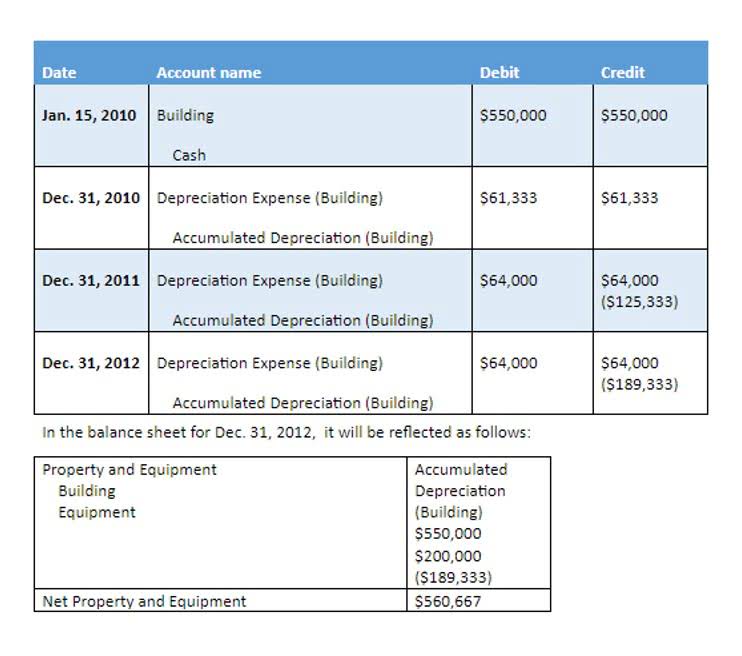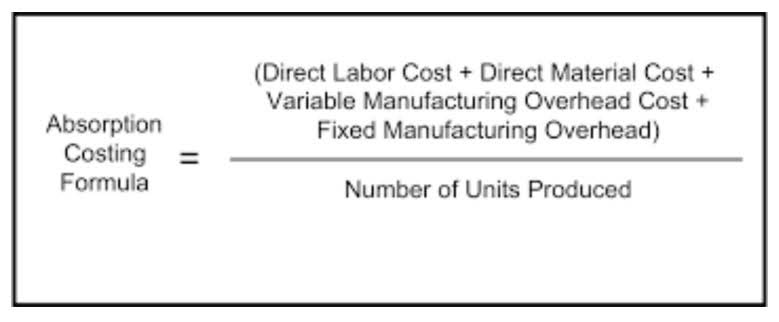In this formula, if the variance is calculated at the material purchase, the actual quantity is the quantity purchased during a period. The valuation of stock on standard cost basis implies that the entire effect of any price variance is to be accounted for in the current period. Therefore, the purchase cost of the entire quantity must be compared with the standard cost of the actual quantity.
Reporting the absolute value of the number (without regard to the negative sign) and a “Favorable” label makes this easier for management to read. We can also see that this is a favorable variance just based on the fact that we paid $5.60 per board food for our materials instead of the $6 that we used when building our budget. The Aptex company manufactures and sells small speakers that are used in mobile phones. The speakers are sold in bulk to mobile manufacturing companies where complete mobiles are produced. One meter of the copper coil is the standard requirement to manufacture one speaker. As you can see from the list of variance causes, different people may be responsible for an unfavorable variance.
Should I always aim for zero direct material price variance?
As the inventory is valued on standard cost, the material price variance must take the effect of the cost difference on entire quantity purchased during the period. This ensures that the entire gain or loss on the procurement of materials is reflected in the results of the current period. We actually paid $38,080 for materials we expected to pay $40,800 for. We could interpret the negative number as “below expectations” which is possibly a good thing when it comes to cost. However, it is also possible that we gained those cost reductions by buying lesser quality raw materials which could hurt us in the long run. If actual prices for materials are lower than budgeted, the variance is favorable.
Direct Materials Price Variance: Key Factors, Calculation, and Impact on Cost Analysis
For Boulevard Blanks, let’s the three types of accounting and why they matter to your business assume that the standard cost of lumber is set at $6 per board foot and the standard quantity for each blank is four board feet. Based on production and sales being equal at 1,620 units, the total standard cost would have been $38,880. Aptex has an unfavorable materials price variance for June because the actual price paid ($8,500) is more than the standard price allowed ($7,500) for 5,000 meters of copper coil.
If the actual purchase price is higher than the standard price, we say that the direct material price variance is adverse or unfavorable. This is because the purchase of raw materials during the period would have cost the business more than what was allowed in the budget. However, a favorable direct material price variance is not always good; it should be analyzed in the context of direct material quantity variance and other relevant factors. It is quite possible that the purchasing department may purchase low quality raw material to generate a favorable direct material price variance.
Material Price Variance Formula
Currency exchange rate shifts alter the cost of imports, while broader economic conditions like inflation influence overall demand and production expenses. Bureau of Labor Statistics track wholesale price trends, offering context for these market-driven changes that often lie outside a single company’s control. The material price variance in this example is favorable because the company was able to get the materials at a lower cost compared to the budget.
Establish budgeted and actual price
This step shows the total impact on your budget due to changes in material costs. The total price variance during January is $ 200 ($ 400 – $ 300 + $ 100), and it will impact the cost of goods sold in statement of profit and lose. This clarity aids managers responsible for buying materials, like purchasing and warehouse managers, who need precise data for better sourcing decisions and negotiations with suppliers. Indirect materials include nails, screws, glue, and other small or immaterial items. We can simplify the DMPV formula by multiplying the actual purchase quantity by the price difference, as shown below. It is important to know how much the price fluctuation has affected the total production or project costs.
Such a favorable material price variance will be offset by an unfavorable direct material quantity variance due to wastage of low quality direct material. To calculate the variance, we multiply the actual purchase volume by the standard and actual price difference. In a standard costing system, the direct materials price variance is recorded to reconcile the difference between actual spending and standard expectations for materials. Calculating the direct materials price variance requires comparing the actual cost incurred for materials purchased against the expected cost. This calculation isolates the financial effect of paying a price different from the standard.
You use this part of cost variance analysis to help keep track of spending on materials. Getting a handle on these numbers can lead to better cost control techniques and purchasing decisions down the line. Understanding this variance helps businesses identify inefficiencies in purchasing and informs better budgeting and supplier negotiations. It allows managers to make more informed decisions about sourcing strategies and overall cost control by isolating the impact of price changes from other factors. The material price variance is adverse because the actual price is higher than the standard.
- The direct material price variance is favorable if the actual price of materials is __________ than the standard price.
- Analyzing the variance helps evaluate the purchasing department’s effectiveness.
- During the month of June, 2016, Aptex purchased 5,000 meters of copper coil @ $1.70 per meter and produced 2,500 speakers using 3,000 meters of copper coil.
- A solid grasp on them helps in maintaining tight cost control over materials procurement.
- It is one of the variances which company need to monitor beside direct material usage variance.
Keep an eye out for trends; if variances are often unfavorable, it might suggest problems with supplier pricing or purchasing practices that require attention. This process helps pinpoint where costs are not aligning with your financial plans and aids in maintaining control over spending. Meanwhile, actual cost comes from real bills and receipts showing what your company did pay. Also, a higher standard price may simply mean that the general prices in the industry have fallen and that the standard needs to be revised. Direct materials volume variance is the difference arising from using more (or less) than the predetermined amount on a product. Variance from budgeted costs may arise due to price and volume elements.
Understanding the mechanism behind material price variance is fundamental in managerial accounting, serving as a tool to control costs and pinpoint discrepancies. The actual price is the amount paid per unit for materials purchased during a specific period, documented on supplier invoices. It reflects the results of purchasing activities, including negotiations and supplier selection, along with any market shifts. The difference between this actual price and the standard price drives the variance. The direct material price variance is favorable if the actual price of materials is __________ than the standard price.
During the month of June, 2016, Aptex purchased 5,000 meters of copper coil @ $1.70 per meter and produced 2,500 speakers using 3,000 meters of copper coil. During the recent period, Teddy Bear Company purchased 20,000 bags of what is payroll accounting stuffing material for manufacturing stuff toys. Let’s say our accounting records show that the company bought 6,800 board feet of lumber for that $38,080. Yes, even a positive variance can mean problems like lower quality materials being used.
A negative value of direct material price variance is unfavorable because it means that the price paid to purchase the material was higher than the target price. The direct material price variance is the difference between the actual price paid to acquire a direct materials item and its budgeted price, multiplied by the actual number of units acquired. This information is needed to monitor the costs incurred to produce goods. Generally speaking, the purchase manager has control over the price paid for goods and is therefore responsible for any price variation.
- For example, production is scheduled in such a way that the purchasing manager must request express delivery.
- Unexpected events, such as supplier financial issues or specific supply chain disruptions, can also trigger price adjustments.
- Lower quality of materials results to lower quality of finished products, or excessive use of materials (resulting to an unfavorable DM quantity variance).
- Direct material price variance is calculated to determine the efficiency of purchasing department in obtaining direct material at low cost.
Direct materials price variance calculator
Let us assume further that during the given period, 100 widgets were manufactured, using 212 kg of unobtainium which cost € 13,144. Not necessarily; some variances are normal, but big ones need investigation to find the cause and fix it. Another issue is buying too much just because it seems cheaper per unit. Both formulas give the same answer so feel free to use whichever seems easier to you.
They might not use discounts well or they could run out of materials. To calculate the material price variance, you must first know how much product your company used. You’ll need to gather data assignment of contract meaning on the actual quantity of materials employed in production.
Your aim should be a thorough and error-free record of every raw material that goes into your products. Direct materials, in contrast to indirect materials, refer to the materials that form an integral or major part of the finished product. Examples include wood in furniture, steel in automobiles, fabric in clothes, etc. The method described later is not usually recommended because one of the advantages of a standard costing system is the valuation of all stock at standard costs. The material price variance may also be calculated when the material is withdrawn from stores.











